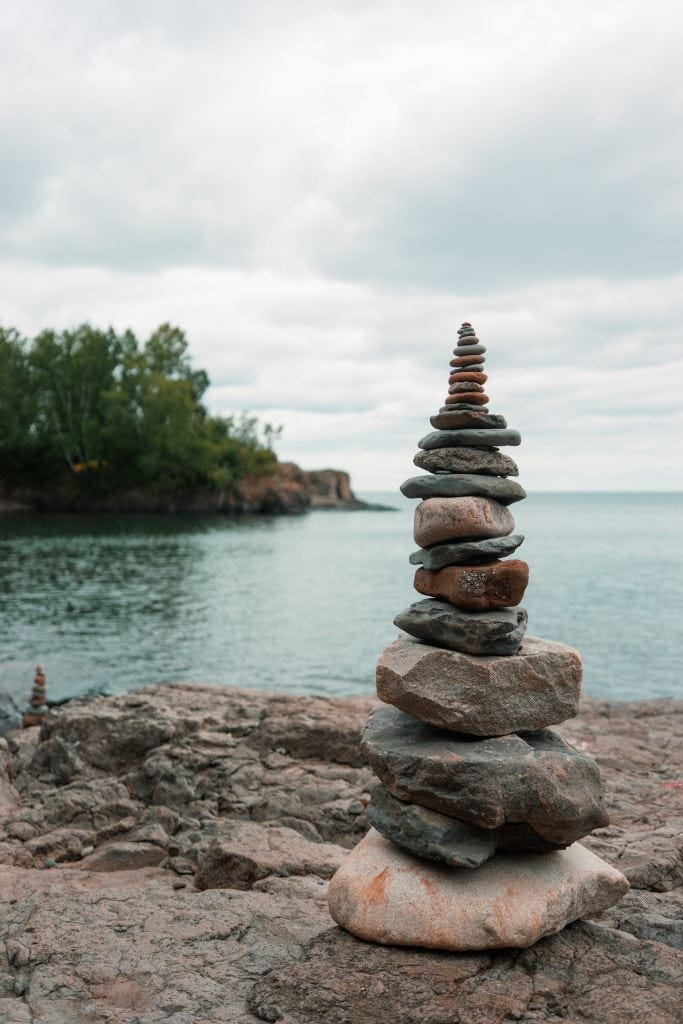Nurturing Resilience
How we've learnt to stay curious about our own line of thinking and behaving
Hester: As I write I have Covid. It’s autumn 2023 and there are no longer rules about what I can or can’t do while I have this illness, but its restriction on me physically is undoubtable. Reaching for my laptop to write is one of the first ‘active’ moves I have made in two full days. Meanwhile the household chugs on around me. Our good friend is running a local eco festival this weekend, so my family have trooped out without me to take part. And tomorrow is my younger daughter’s 10th birthday. I won’t be well enough to go with her and her small band of buddies to the climbing centre, and neither would I inflict this contagion on the general public, so I’ll be staying home.
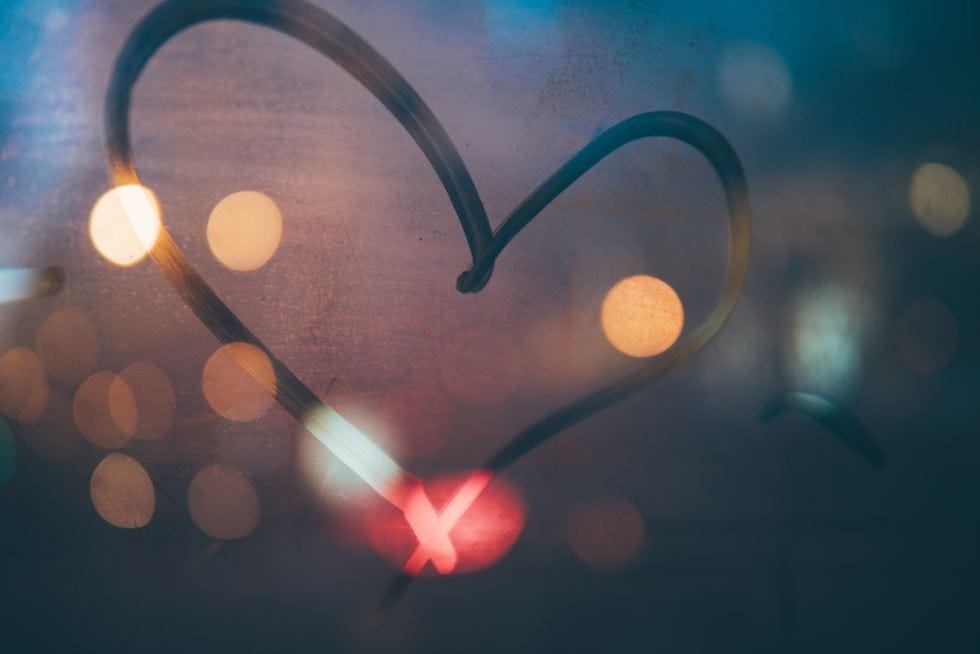
I am resentful. I feel sorry for myself. I feel sad for my daughter that I won’t be there to celebrate all of her special day. I have had a pitiful cry for my physical weakness and my being helpless but to let this time pass. I am acutely aware of the preciousness of time, and to lose ANY of it to illness is a blow.
And then, I remember my inordinate good fortune. This, after all, will probably be a blessedly short illness. So many others are hampered by chronic, enduring, or lifelong conditions. I send them, or you who may be reading this, my respect for your strength and your determination. I remember too that I AM present for my daughter’s 10th birthday, and this in itself is down, in large part, to luck. We never know when we might be plucked from the Earth. I will be celebrating a decade as her mother, which is my privilege. No clip and climb birthday treat can do justice to that! And finally, I am grateful for Phil, my husband who is running the show while I am woman down. He can, he does, and I am so very fortunate to have his support when life throws a curveball like this. Single parents, I salute you.
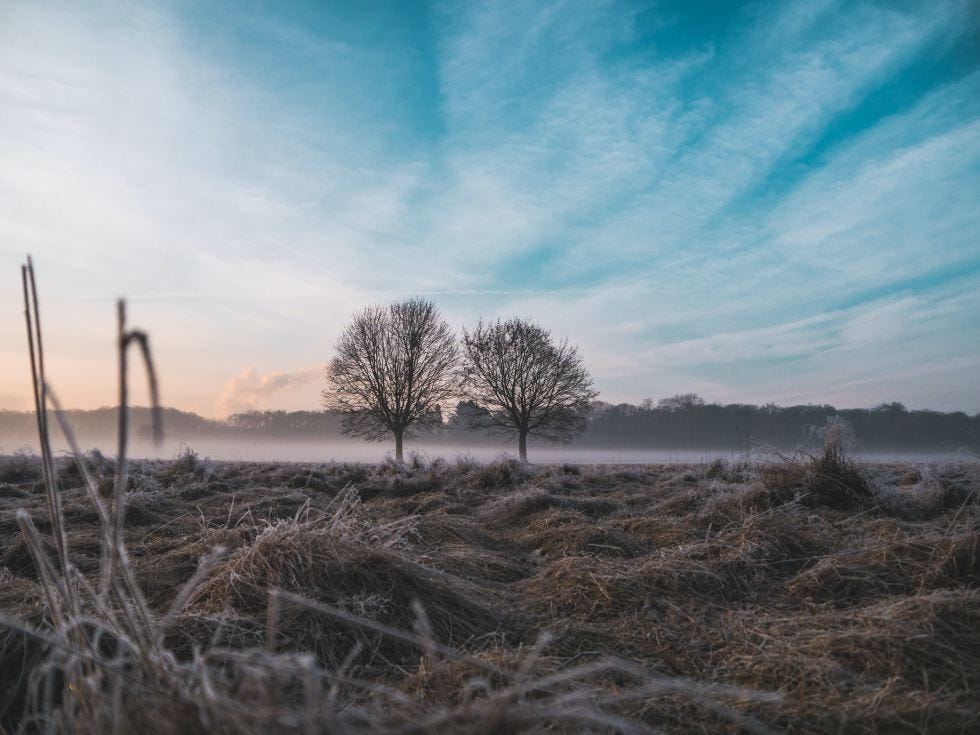
These two standpoints are not mutually exclusive. I can feel sad and justifiably sorry for myself as the joy of life continues around me while I battle fever and a cough. AND I can choose to turn towards gratitude, broadening my perspective to include the greater struggles of others, focussing on the gifts still in my possession despite this brief period of poor health. Both are important.
Sometimes adults try and use gratitude as a motivation to get children to comply. As a child, it was baffling to me when I didn’t want to finish my food to be told “eat what you’re given – think of all the starving children in Africa!”. It wasn’t long before four-year-old me came up with a solution to this; “shall we send it to them in the post?”. To me, even then, it was obvious that my being overfull didn’t help the starving in Africa, just as now my being grateful doesn’t make my sadness go away.
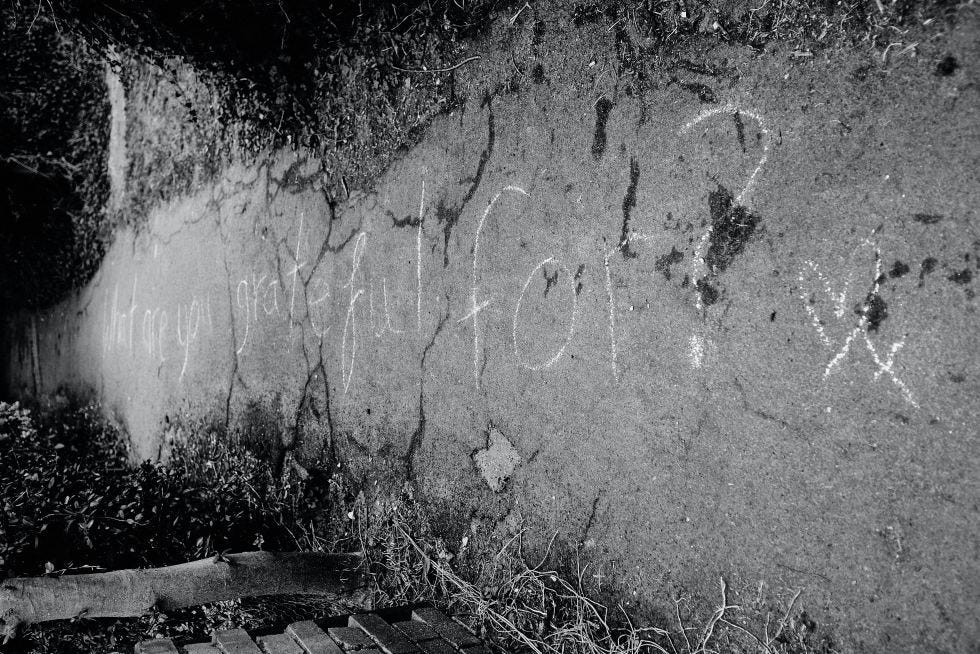
What gratitude does is nurture resilience. By connecting internally with my resources, I am taken out of the immediate difficulty of illness and into the things in my life that make me feel strong, loved and proud. Those things run like a river beneath the everyday ups and downs. If I drop into their powerful presence I know I can and will get through this to find health and joy again on the other side.
Emma: Have you heard of the inner leader/sage guided meditation? I hadn’t until I started receiving personal coaching a couple of years ago. In the first session my coach guided me through this practice with its intention to help me access the wise, compassionate, clear-thinking part of myself rather than the louder voice of the inner critic. The latter tends to easily rise up when I am faced with challenges, stresses and situations beyond my control, when anxieties, worries and fear seem to swallow me whole and not allow me to move forward.
My own experience of that meditation was to find myself at the top of a mountain leaning up against a rock. It was warm, quiet, I was above the clouds, and I felt the privilege of being safe. There was a sense of one-ness and completeness in that moment, where I had a sense that it was all here, that I had everything I needed and everything I might need for the future, and then there was the sudden and powerful realisation that I wasn’t just sitting against the rock but that I had been hewn from that rock – I was my own safe place and I already had all the resources I would ever need to face any situation that came my way.
Reading that you might be thinking that sounds really woo woo and wtf is she talking about, and I absolutely get where you’re coming from – when I read it, I have the same thoughts but all I can say was that it was a really powerful experience and nearly 2 years later I still think about it.
One of the outcomes of that experience was that it taught me the importance of creating enough stability and safety to deal with life’s uncertainties – the building and nurturing of resilience. To be able to lean into and sit with uncomfortable feelings, to face life’s challenges, I have had to learn to build up my resilience ‘bank account’ so I can withdraw from it when things get tough.
I know if I don’t do this regularly then when life throws me a curve ball, I will end up listening to that little voice inside my head which tends to catastrophise, think the absolute worst about a situation, blame everyone around me for my woes and ills and send me down a rabbit hole that really isn’t fun!
I tend to be quite a visual person when it comes to my self-reflective practice. If I can lock on to an image, it helps to simplify things for me. It’s a way for me to explore, to look at the past and how it has shaped me, what it means for me in this present moment and then what changes I might need to make for both now and in the future.
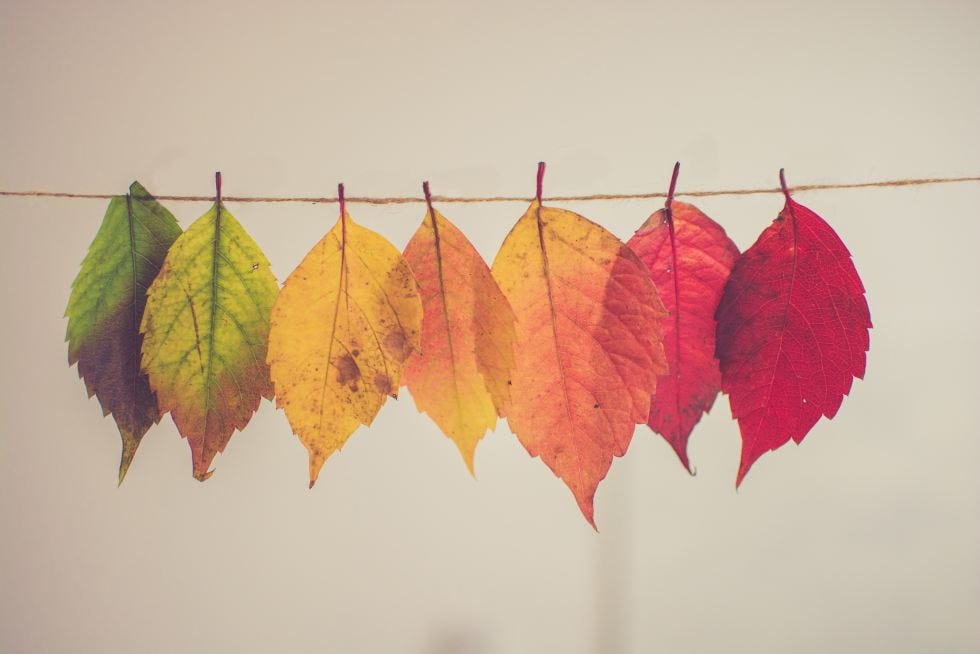
When I think about resilience the image I use is of a tree next to a river. It’s in leaf, there’s a gentle rustling of the wind, we’re on the cusp of moving into autumn, the colours are all my favourites; greens, yellows, oranges, rusts and muddy browns. I can hear the water as it flows down river. Then, almost imperceptibly the wind begins to pick up, the tree begins to move and bend, the leaves are pulled from the branches as the wind intensifies and over the course of the storm, as it works its way across the landscape, the tree becomes bare. What I know about trees is pretty limited, but I do know that they have roots, and those roots provide stability. They allow the tree to bend in the face of ferocious winds, branches may come down, but the tree remains, it will leaf again in spring and new life will emerge.
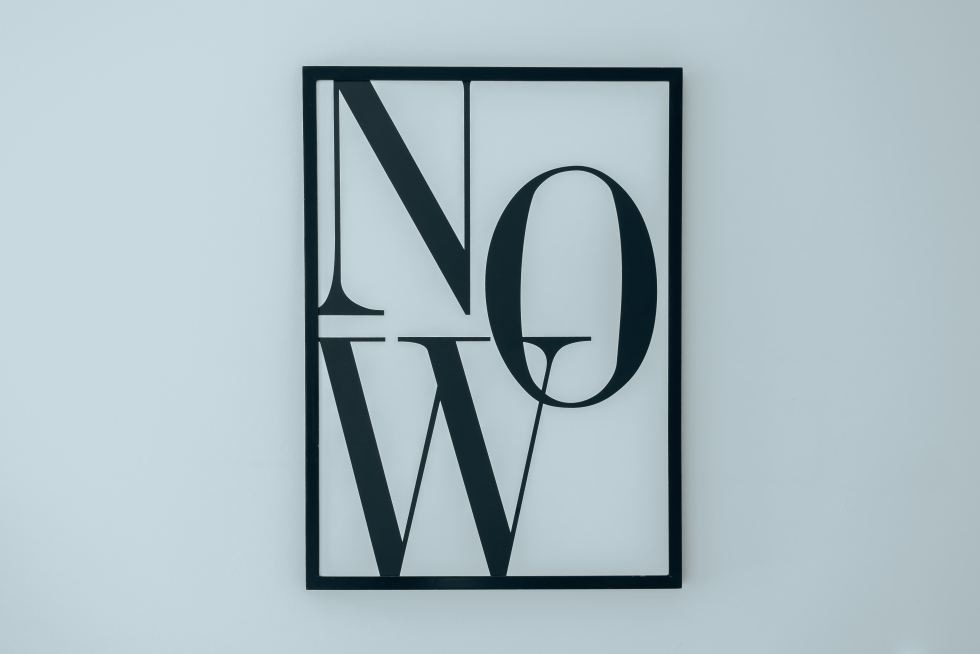
During my coaching sessions I looked to work out what my roots were and although there were many there were four that seemed to be the most important to me, that provided me with the stability and safety I needed to deal with those uncertainties. 1. connections (social and environment), 2. conscious choice, 3. self-acceptance and 4. now.
Through the subsequent sessions I went on to ask myself questions including, did those 4 roots go deep enough not to be ripped up when things didn’t go the way I expected? Had I nurtured them sufficiently in the easier, quieter times so that my account was in credit, and I could make a withdrawal when I needed to? Were there adjustments I needed to make in my thinking about situations? Could I reframe and adapt my thinking? Were there things that I could introduce into my life that would better support my root system? Brené Brown suggests that “resilience is more available to people curious about their own line of thinking and behaving”. So, I try to make sure I stay curious, ask myself the hard questions, try not to be afraid to look at my shadow self and poke around in those dark corners and the indomitable Bruce Lee once said:
“Be like water making its way through cracks. Do not be assertive, but adjust to the object, and you shall find a way round or through it. If nothing within you stays rigid, outward things will disclose themselves. Empty your mind, be formless. Shapeless, like water. If you put water into a cup, it becomes the cup. You put water into a bottle, and it becomes the bottle. You put it in a teapot it becomes the teapot. Now, water can flow, or it can crash. Be water, my friend.”
BRUCE LEE
© Hester Ashby & Emma Bell, 2024




